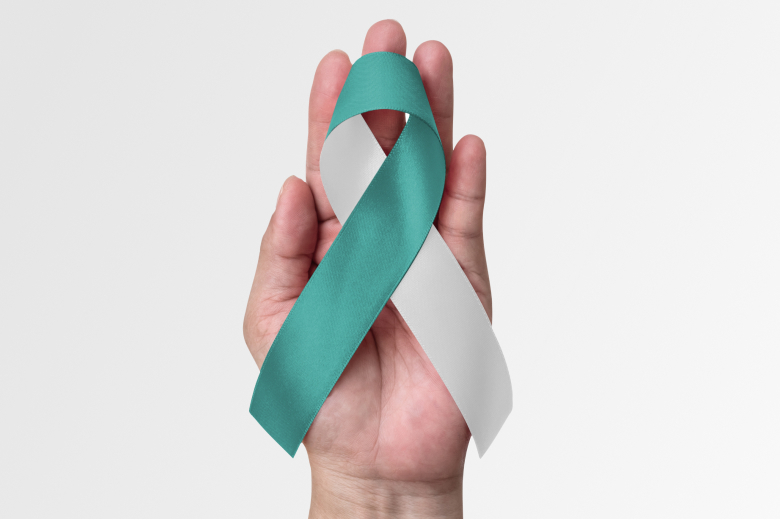
Cervical Cancer: Causes, Symptoms & Risk Factors
Cervical Cancer: Causes, Symptoms & Risk Factors https://www.hemogenomics.com/wp-content/uploads/2022/04/cervical-1.jpg 780 520 admin admin https://secure.gravatar.com/avatar/40cc0f6d0375ff181230b559ba6aa177fd7160c9845e225a36287474183f8fc4?s=96&d=mm&r=g- admin
- no comments
What is Cervical Cancer?
Cancer is a disease in which cells in the body grow out of control. Cancer is always named for the part of the body where it starts. When cancer starts in the cervix, it is called cervical cancer. The cervix connects the vagina (birth canal) to the upper part of the uterus. The uterus (or womb) is where a baby grows when a woman is pregnant.
Various strains of the human papillomavirus (HPV), a sexually transmitted infection, play a role in causing most cervical cancer. When exposed to HPV, the body’s immune system typically prevents the virus from doing harm. In a small percentage of people, however, the virus survives for years, contributing to the process that causes some cervical cells to become cancer cells.
You can reduce your risk of developing cervical cancer by having screening tests and receiving a vaccine that protects against HPV infection.
Types of cervical cancer
The type of cervical cancer that you have helps determine your prognosis and treatment. The main types of cervical cancer are:
Squamous cell carcinoma – This type of cervical cancer begins in the thin, flat cells (squamous cells) lining the outer part of the cervix, which projects into the vagina. Most cervical cancers are squamous cell carcinomas.
Adenocarcinoma – This type of cervical cancer begins in the column-shaped glandular cells that line the cervical canal.
Symptoms
Early-stage cervical cancer generally produces no signs or symptoms. Signs and symptoms of more-advanced cervical cancer include:
- Vaginal bleeding after intercourse, between periods or after menopause
- Watery, bloody vaginal discharge that may be heavy and have a foul odor
- Pelvic pain or pain during intercourse
Risk factors
Almost all cervical cancers are caused by human papillomavirus (HPV), a common virus that can be passed from one person to another during sex. There are many types of HPV. Some HPV types can cause changes on a woman’s cervix that can lead to cervical cancer over time, while other types can cause genital or skin warts.
Factors which can increase your risk of getting cervical cancer—
- Having several sexual partners.
- Other sexually transmitted infections (STIs). Having other STIs — such as chlamydia, gonorrhea, syphilis and HIV/AIDS — increases your risk of HPV.
- A weakened immune system.
- Smoking is associated with squamous cell cervical cancer.
- Using birth control pills for a long time (five or more years).
- Having given birth to three or more children.
When to see a gynecologist?
Make an appointment with your doctor if you have any signs or symptoms that concern you.
- Posted In:
- blogs




Leave a Reply